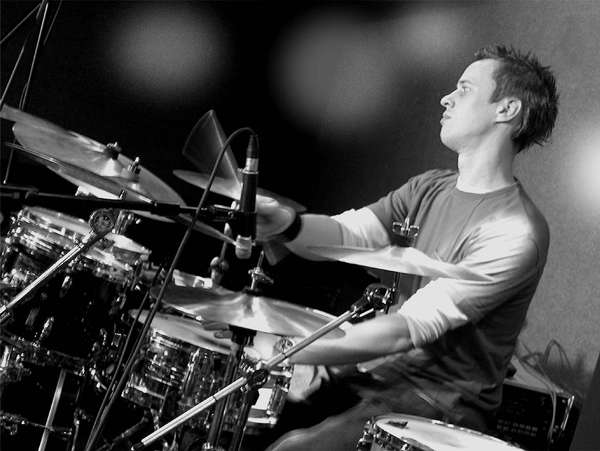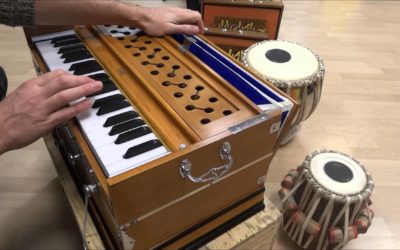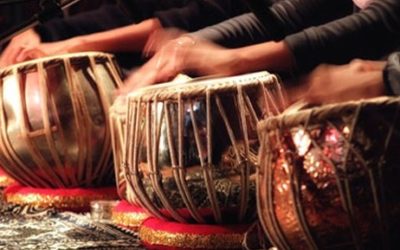The standard drum set we know now exists since 1935. It was ‘invented’ in the USA, in New Orleans. It consists of a few different parts.
But it took a while before a drum set looked like this one. A lot of different drums have been used in the past. Tribes in Africa took the trunk of a tree, hollowed it outand then spread the skin of an animal over it. If they wanted a more sharp sound, like our snare drum, they took the intestines of a pig and they stretched it under the skin. They used the drums for all kind of things. To alert the tribe for danger, or to pronounce things. Later, the Romans used drums in their armies.
It was in the 16th century that the Europeans took their drums to America. When they tried to conquer The New World, they took their colonists and armies (with all the instruments) to America. Later, he blacks, living in South America, were not allowed to play and create their own African drums. So they tried to combine drums with an African origin, like the snare and the tom-toms (but nobody remembered those were African drums from origin!). That first set looked about this:
- 1 snare drum
- Chinese Toms
- A Horizontallyplaced bass drum
- Small cymbals
- Chinese temple blocks
- A low Hi-Hat
In the 20th century, people began to play on such drums. Everybody started to play those African rhythms. And because the beats were played more and more on the cymbals, the size of the cymbals increased. The Chinese toms were replaced for Afro/European drums and the Hi-Hat had been enlarged to make it easy to play with your sticks.





0 Comments